Copyright Ron Brown, 2018
All rights reserved. No part of this publication may be reproduced, stored in a retrieval system, or transmitted in any form or by any means, electronic, mechanical, photocopying, recording, or otherwise (except for brief passages for purpose of review) without the prior permission of Dundurn Press. Permission to photocopy should be requested from Access Copyright.
Cover image: Courtesy of the author
Printer: Friesens
LibraryandArchivesCanadaCataloguinginPublication
Brown, Ron, 1945-, author
Canadas world wonders / Ron Brown.
Issued in print and electronic formats.
ISBN 978-1-4597-4094-5 (softcover).--ISBN 978-1-4597-4095-2
(PDF).--ISBN 978-1-4597-4096-9 (EPUB)
1. Curiosities and wonders--Canada--Guidebooks. 2. Canada-
Description and travel. 3. Canada--Guidebooks. 4. Guidebooks. I. Title.
| FC38.B76 2018 | 917.10474 | C2018-903171-9 |
| C2018-903172-7 |
1 2 3 4 5 22 21 20 19 18
We acknowledge the support of the CanadaCouncilfortheArts, which last year invested $153 million to bring the arts to Canadians throughout the country, and the OntarioArtsCouncil for our publishing program. We also acknowledge the financial support of the GovernmentofOntario, through the OntarioBookPublishingTaxCredit and the OntarioMediaDevelopmentCorporation, and the GovernmentofCanada.
Nous remercions le ConseildesartsduCanada de son soutien. Lan dernier, le Conseil a investi 153 millions de dollars pour mettre de lart dans la vie des Canadiennes et des Canadiens de tout le pays.
Care has been taken to trace the ownership of copyright material used in this book. The author and the publisher welcome any information enabling them to rectify any references or credits in subsequent editions.
J.KirkHoward,President
The publisher is not responsible for websites or their content unless they are owned by the publisher.
Printed and bound in Canada.
VISIT US AT
 dundurn.com
dundurn.com
 @dundurnpress
@dundurnpress
 dundurnpress
dundurnpress
 dundurnpress
dundurnpress
Dundurn
3 Church Street, Suite 500
Toronto, Ontario, Canada
M5E 1M2
CONTENTS
Yukon, Canada.
INTRODUCTION
CANADAS WORLD WONDERS:
WHAT ARE THEY?
Canada is blessed to have many natural and historic features that resonate around the world. While not all will have a UNESCO or even a national designation, they nonetheless attract the interest of those both inside and outside the country. Visitors journey from around the world to hike them, bike them, sail them, drive them, photograph them, or film movies at them.
Most of the entries in this volume, however, do find themselves on the worlds lists of wondrous sights and adventures. Many are one of a kind, the largest of their kind, or simply a curiosity.
How many, even within Canada, know what a pingo is, or an inuksuk? Or that Alberta is recognized around the world as having a leading treasure trove of dinosaur fossils, some even intact, and has the worlds leading museum to house them? Or that the worlds oldest operating oil field lies not in Alberta or even the Middle East but in southern Ontario.
Much of Canadas world legacy lies in famous and infamous events that at one time attracted the worlds attention, such as the frantic stampede to the Klondike goldfields and Franklins ill-fated search for the Northwest Passage. While such events have faded into history, their visible legacy often survives.
Canada is a young country with an Indigenous heritage that long predates Confederation and the European invasions before that. The Haida Gwaii totems and Head-Smashed-In Buffalo Jump are unique in the world. While this human heritage may not rank with the pyramids of Egypt or the Taj Mahal, it has attracted the worlds attention and often spawned a dynamic tourism industry. Natural features extend from the oddities in the Far North, such as the burning hills, to the worlds last temperate rainforests of the B.C. coast and the geological legacy of massive meteor craters.
It is not solely about tourist dollars, however, for many of the entries in this volume may be remote or hard to access. Rather, it is about a heritage, both natural and cultural, that allows Canada to stand out amid the worlds wonders.
Prince Edward Island National Park.
ONE
CANADA ON THE WORLD STAGE
CANADAS NATIONAL PARKS
Canada was one of the first nations in the world to create a system of national parks. The first such park was the result of lobbying not from any naturalist organization or civic-minded individuals but rather from a profit-motivated private railway company.
By 1886 the Canadian Pacific Railway, the national dream of Prime Minister John A. Macdonald, was running its first trains from Montreal into the Vancouver railway station. Its route carried it into the Rocky Mountains by way of the Kicking Horse Pass, through which flowed the Bow River. As the line was being surveyed, a trio of railway employees happened upon a pool of hot springs. With an eye to profit, the CPRs general manager, one William Cornelius Van Horne, acquired the site.
Entranced by the natural beauty of the ragged, snow-capped mountains, Van Horne also recognized the potential of the route to augment the railways profits, claiming, If we cant export the scenery, well import the tourists. But, to do that, he needed to ensure that this natural wilderness would remain unmarred.
In 1886 Van Horne began lobbying the federal government to preserve the hot springs and the surrounding area. In 1887 Macdonalds government acquiesced and created Rocky Mountains Park, later renamed Banff National Park. Yoho and Glacier National Parks, both along the railway line, soon followed. Within a few years, Canadas new system of national parks included Elk Island, Revelstoke, and Waterton.
In 1911 James B. Harkin became commissioner of Canadas national parks and established a rationale for their creation, namely to protect key natural features and make them relevant to Canadians. He addressed wildlife protection with Wood Buffalo National Park, in what was then the Northwest Territories, and a migratory bird sanctuary at Point Pelee on Lake Erie.

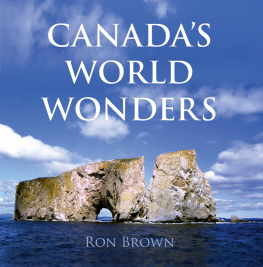

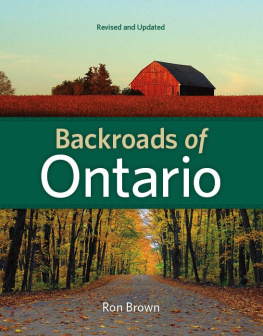
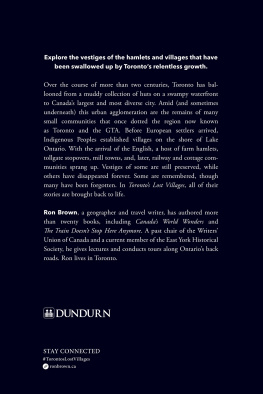

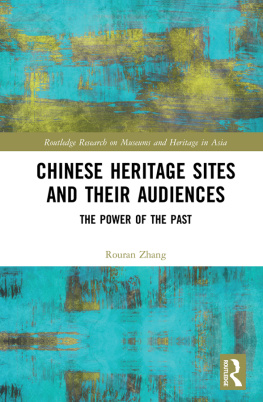
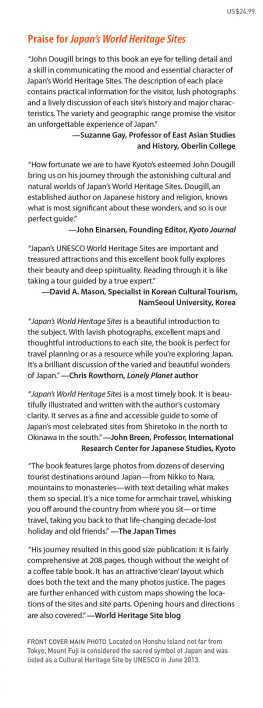
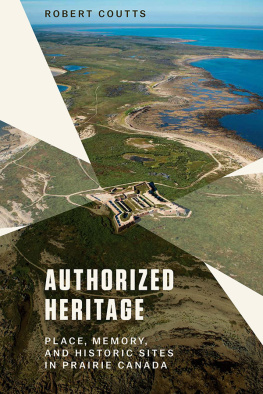
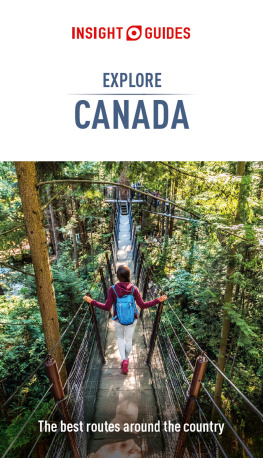
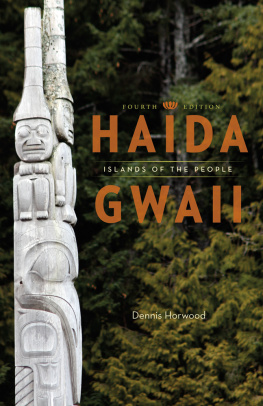
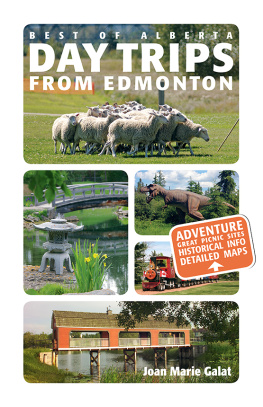
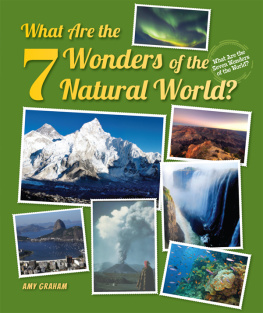
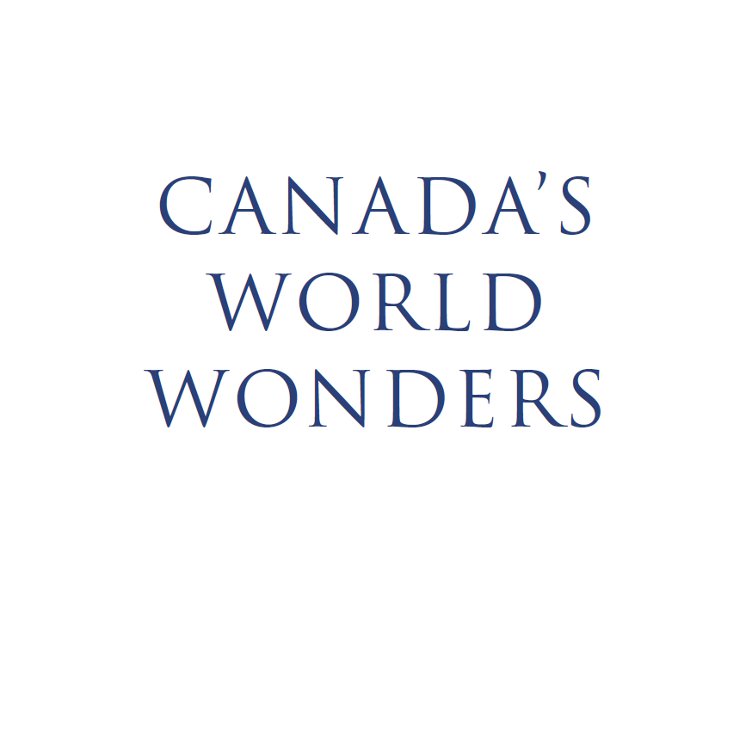


 dundurn.com
dundurn.com @dundurnpress
@dundurnpress dundurnpress
dundurnpress dundurnpress
dundurnpress
